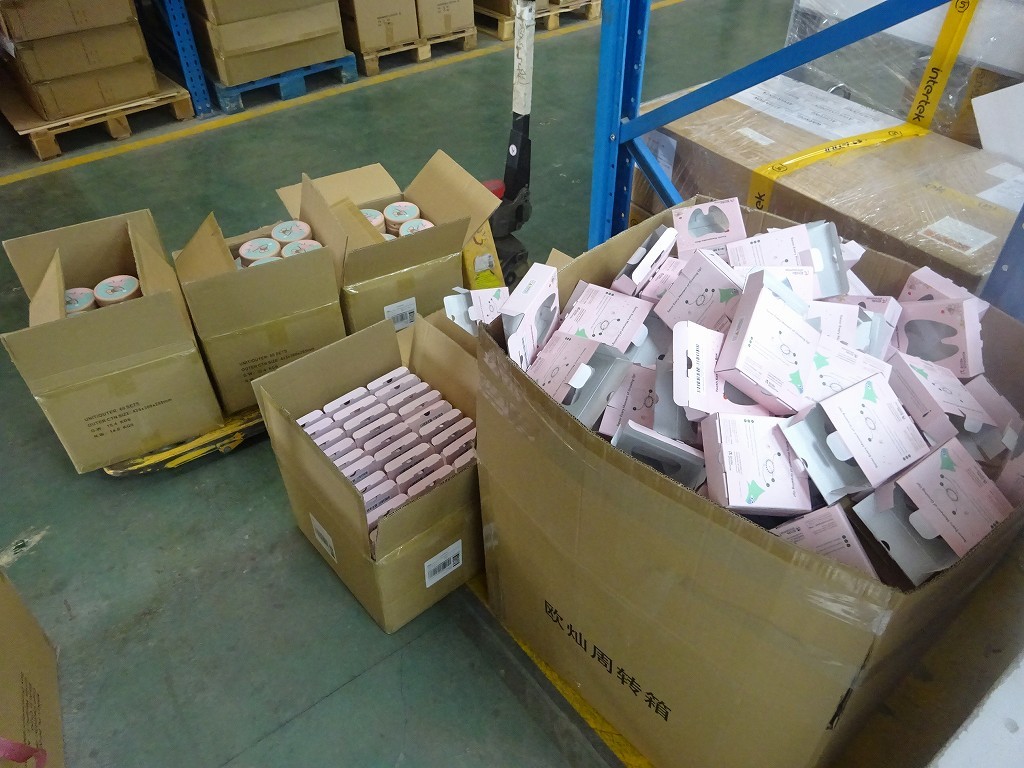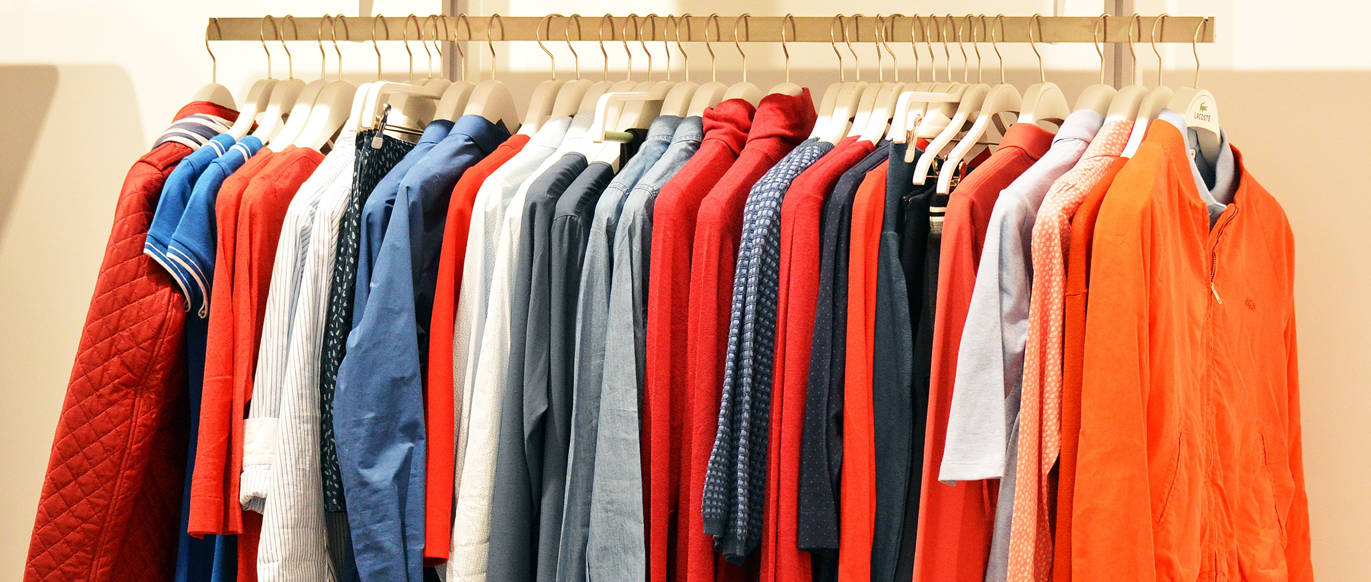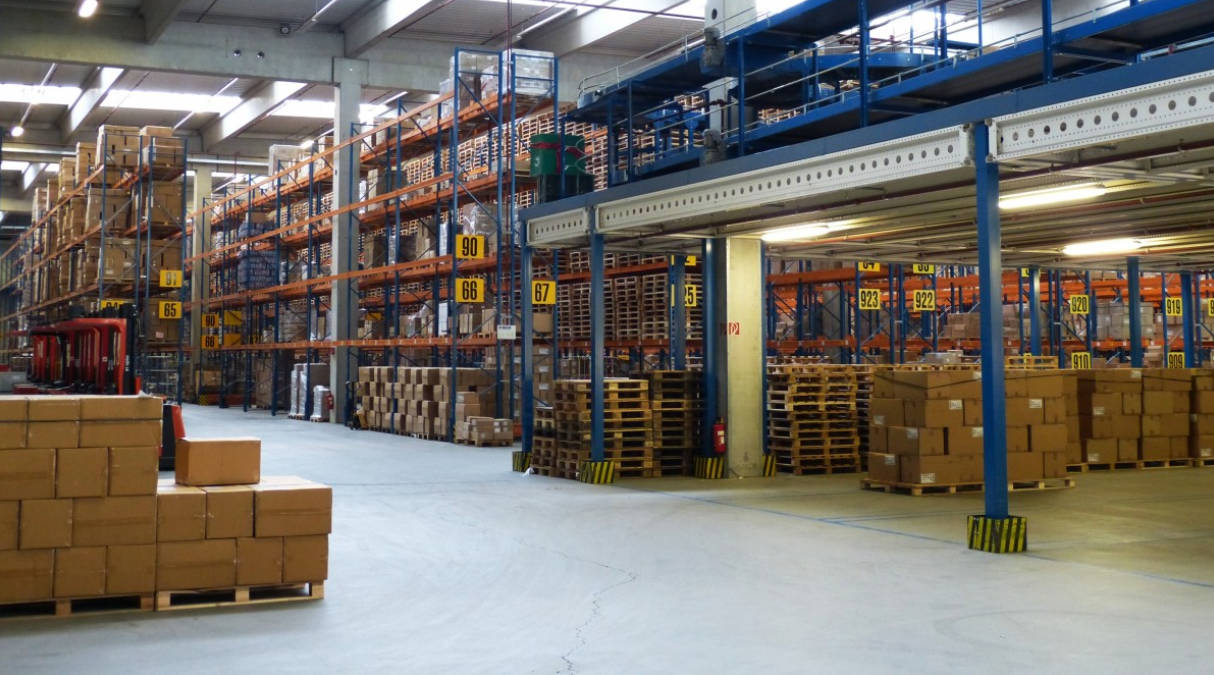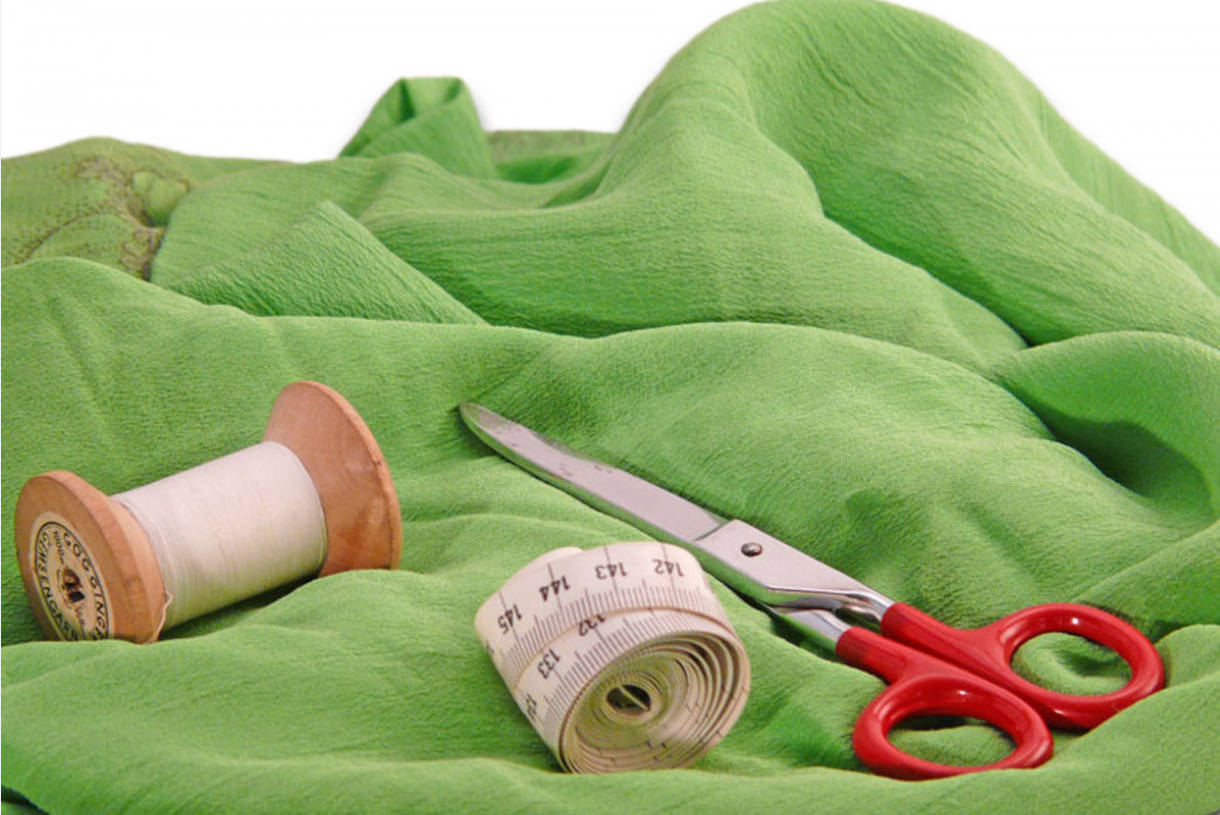Contents
Introduction
Inflatable products, ranging from children’s toys to life-saving equipment, have become increasingly prevalent in our daily lives. Ensuring their quality and safety is paramount, given their diverse applications. This article delves into the various types of inflatable products, their quality requirements, international standards, and the role of NBNQC in conducting pre-shipment inspections.
Types of Inflatable Products
Inflatable products encompass a wide array of items, including:
- Recreational Items: Such as inflatable pools, water slides, and toys.
- Safety Equipment: Including life vests, rafts, and emergency flotation devices.
- Medical Devices: Like inflatable splints and air mattresses used in healthcare.
- Advertising Materials: Encompassing large inflatable banners and figures.
Quality Requirements
Quality requirements for inflatable products vary based on their intended use, but generally include:
- Durability: Resistance to punctures and tears.
- Stability: Ability to maintain shape and function under pressure.
- Safety Features: Non-toxic materials, absence of sharp edges, and secure valves.
- Performance: Consistent inflation and deflation capabilities.
International Standards
Several international standards guide the quality control of inflatable products, such as:
- ISO 25649: For floating leisure articles for use on and in the water.
- ASTM F24: Pertaining to amusement rides and devices, including inflatable play equipment.
- EN 71: European standard for the safety of toys, including inflatable toys.
Pre-Shipment Inspection by NBNQC
The NBNQC plays a critical role in ensuring the quality of inflatable products before they reach the market. Their pre-shipment inspection process includes:
Inspection Process
The inspection process for inflatable products typically involves several key steps:
- Initial Assessment: Inspectors perform an initial assessment to check for any visible damage or irregularities in packaging.
- Sampling: A representative sample of the products is selected for detailed inspection. This sample size is determined based on the total quantity of the lot and the standard statistical sampling methods.
- Visual Inspection: Each item in the sample is thoroughly examined for visual defects. This includes checking for tears, punctures, color inconsistencies, and print errors. The quality of seams, joints, and finishes is also scrutinized.
- Dimensional Checks: The dimensions of each item are measured and compared against the product specifications. This ensures that the products are not only manufactured to the correct size but also maintain their shape when inflated.
- Labeling and Marking Verification: Inspectors verify that all labeling and marking requirements are met, including safety warnings, usage instructions, and compliance marks.
Testing Process
After the visual and dimensional inspections, a series of tests are conducted to ensure the product’s safety and performance:
- Inflation/Deflation Test: Products are inflated and deflated multiple times to assess the ease and reliability of these processes. This test also checks for any issues with valves or air leaks.
- Pressure Test: This test involves inflating the product beyond its normal operational pressure to evaluate its strength and durability. It helps in identifying potential weak spots that might lead to ruptures or leaks.
- Load Test: For products like inflatable boats or mattresses, load tests are conducted to ensure they can bear the weight they are rated for without losing shape or stability.
- Leakage Test: The products are inflated and then observed over a period (usually 24 hours) to check for any signs of air leakage, which could indicate a defect in the material or seams.
- Material Quality Test: Samples of the material used in the inflatable products are tested for durability, resistance to UV light, and toxicity. This is crucial for products intended for use by children or in water.
- Safety Tests: Specific tests are conducted based on the product’s intended use. For example, inflatable toys are tested for choking hazards, sharp edges, and small parts, while life-saving equipment undergoes more rigorous safety and performance tests.
Compliance Verification
Finally, inspectors verify that the products comply with relevant international standards, such as ISO 25649, ASTM F24, and EN 71, depending on their category. This involves checking documentation and test reports provided by the manufacturer.
Conclusion
The inspection and testing processes for inflatable products are comprehensive and designed to ensure that these products are not only safe for the end-users but also meet the highest quality standards. NBNQC’s role in conducting these inspections and tests is crucial in maintaining consumer trust and upholding industry standards.






